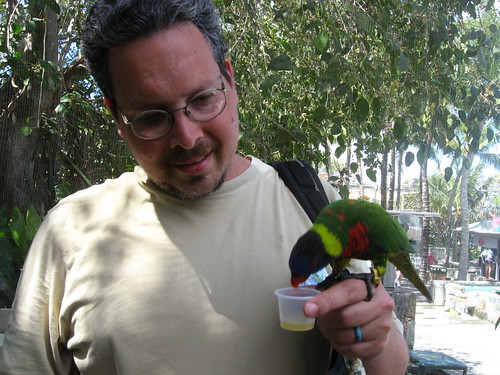🦋 viola d'ottone: design narrative (to date)
I want to lay out how I came to the point where I'm about to start making and putting together the brass viola. I will readily admit here that I'm hoping the project will be a success; that the instrument will sound, in the end, like an instrument. I'm pretty optimistic right now, not having begun yet to layout any parts, except on paper. (And if it comes out the other way, please read this charitably, or don't bother.)

 I think of the #tincancello as being a "banjo", in the sense that the steel soundboard functions as a flexible membrane taught between the bridge feet and the rigid rim of the washtub. (For a wooden cello the rigid element is the arched woundboard itself.)
It seems to me, and I intend to verify, that it will be interesting to build a metal soundboard instrument with a soundboard that's arched and rigid-- it occurred to me several months ago that a wok could work for that. I will make a wooden neck and dowel using a roughly similar layout as the #tincancello . (The principal difference here is that the dowel will run through the very rim of the wok, instead of through the middle of the washtub.) I will also carve an arched back. My hunch is that this will produce an ideal resonating chamber.
Bracing as appropriate at the point where the neck meets the body and where the tail meets the body will allow the soundboard to resonate completely free of the tension of the strings. I'm hoping the brass will ring like a bell under these condition; and I'm making a primary assumption, that the pan will be light enough, and rigid enough, for the vibration of the bridge to really transfer to it. This is the primary factor that will determine the success or failure of the project. (Analogy to the #tincancello soundboard is not worthwhile for the reasons outlined above.)
posted morning of Sunday, January 26th, 2020
➳ More posts about viola d'ottone
➳ More posts about Projects
➳ More posts about Luthery
➳ More posts about Woodworking

In fact -- B and C in the drawing could really be the same piece, and extend the tail mortise in the soundboard! --No, nm, bad idea. But B and C could be the same piece, with a secondary mortise for C and cut it pretty thin on the C side:

posted afternoon of January 26th, 2020 by Jeremy Osner
| 
